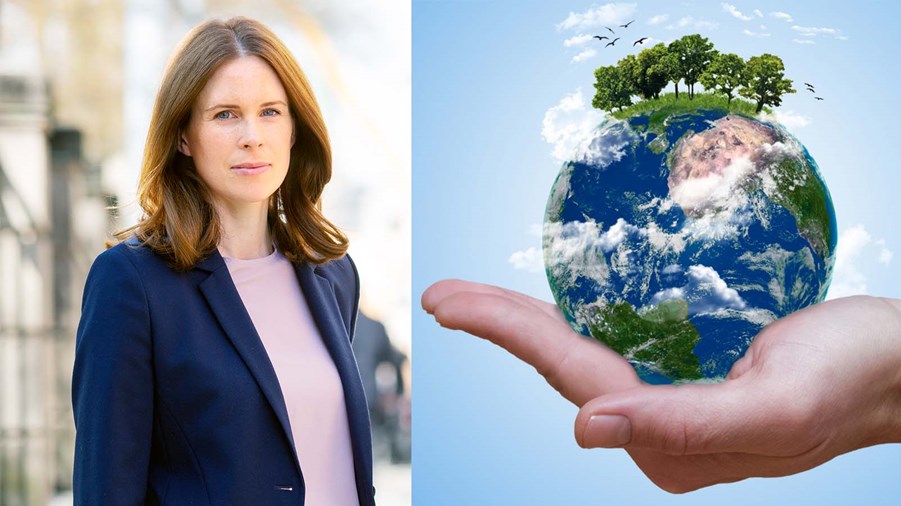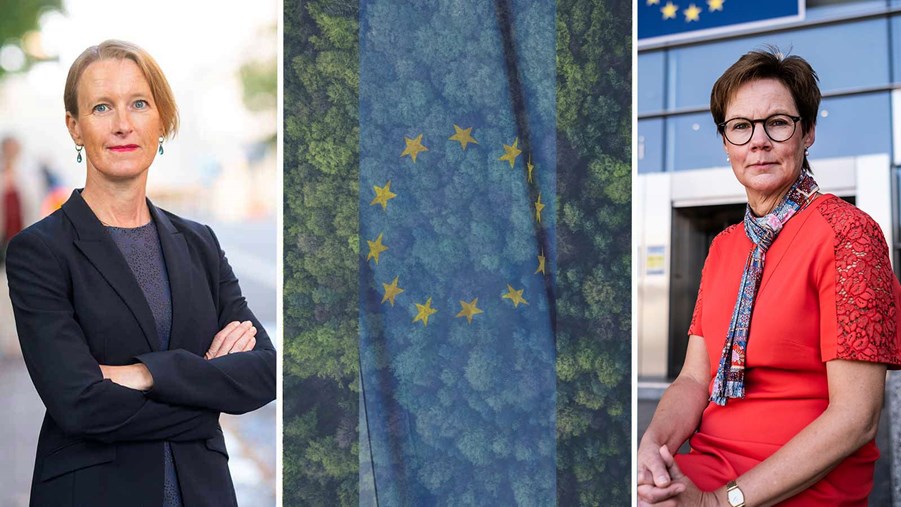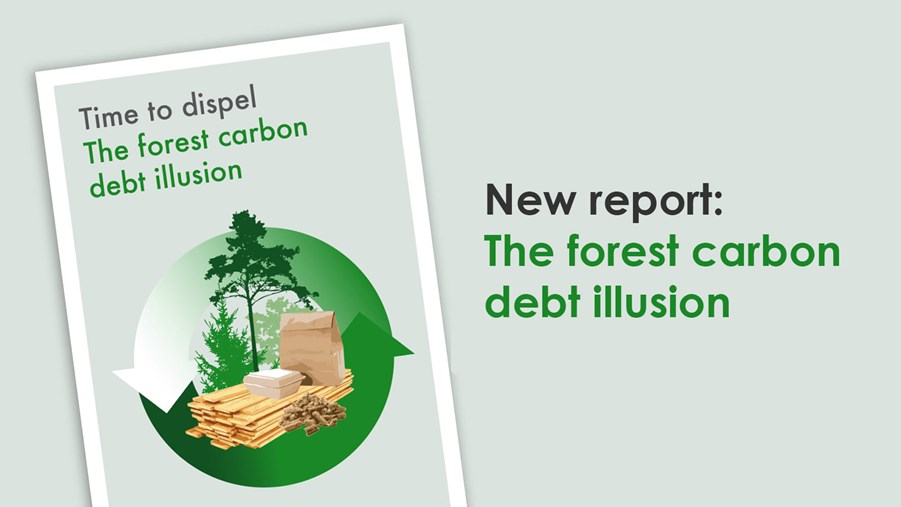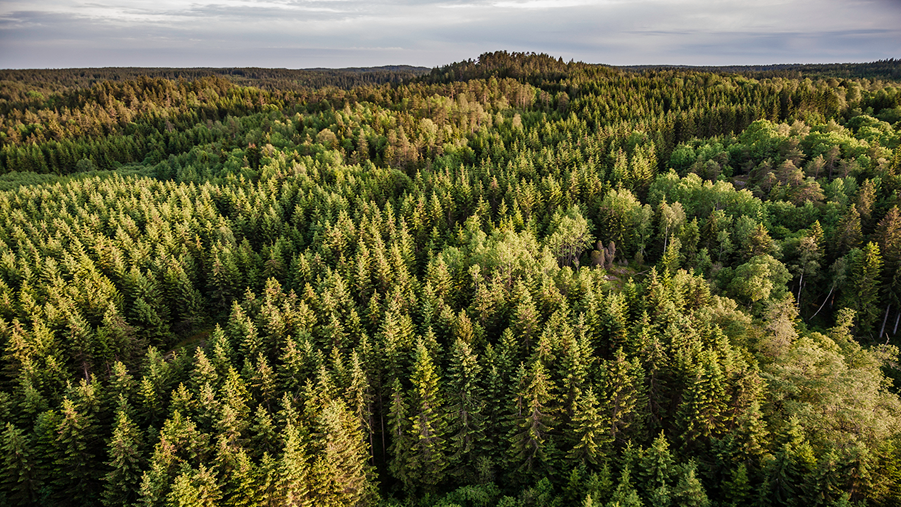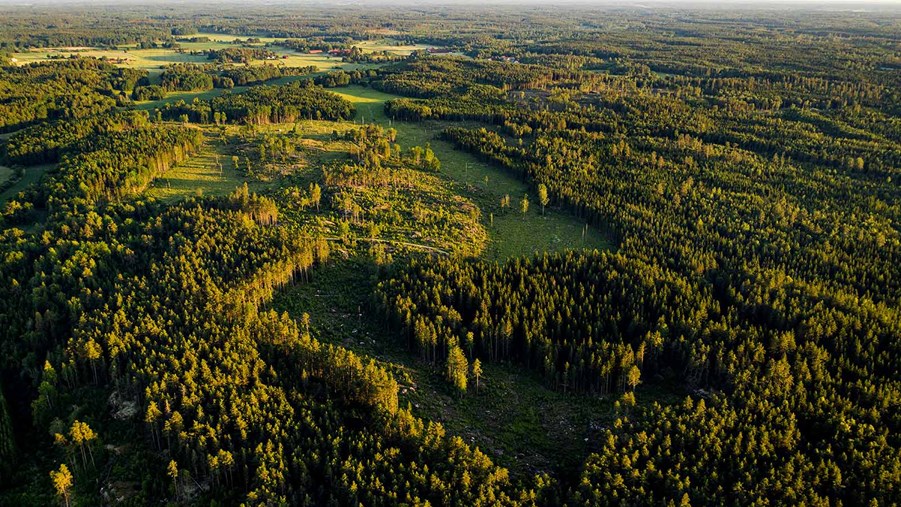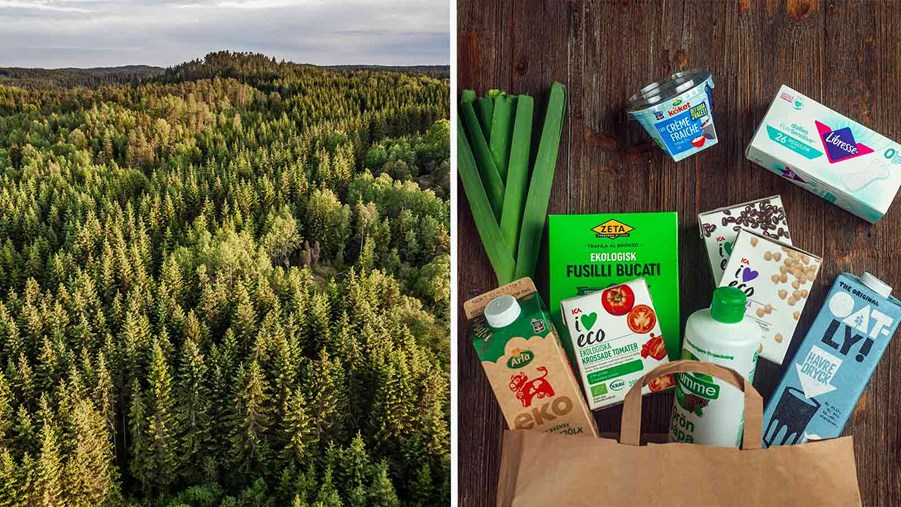
The European Commission expects Sweden to increase its carbon sink dramatically. Sharpening the targets of LULUCF is a well-meaning effort meant to benefit the climate, but it might do the opposite.
The European commission has proposed a revision of LULUCF, just as the original proposal was being implemented. Now Sweden is expected to deliver the Union’s largest carbon sink, increasing it to 47 million tonnes CO2e per year by 2030. Reaching the target in practice means that forest harvests would need to decrease. Renewable raw materials would become scarce and more expensive, and fossil alternatives more attractive. Products and energy from forests are key to mitigating climate change and need to become more available, not less. The European Commission should see the full climate benefit of forests, instead of using them to compensate for fossil emissions in other countries and sectors.
The Swedish Forest Industries believe:
- It will be impossible to reduce fossil emissions if renewable raw materials become less available.
- Swedish forests should not have to compensate for continued fossil emissions in other countries and sectors.
- Forests need to be actively managed to sequester carbon, that can be further stored in wood products and substitute fossil resources.
The Swedish Forest Industries suggest the following amendments to the proposal:
- For a long-term sustainable climate policy: Focus on increased growth in forests and make targets for increased substitution of fossil materials.
- In order to make carbon sinks more comparable and realistic, harmonise assessment of target fulfilment and make targets for 2030 indicative.
- Ensure burden sharing reflects potential to increase carbon sinks.
- Align LULUCF with the European Climate Law.
- Maintain the pressure on reducing emissions from agriculture by refraining from merging the emissions from forestry with those from agriculture from 2031.
*LULUCF = Land Use, Land Use Change and Forestry. A regulation setting out rules for the carbon dioxide removals and emissions from land use and forestry.
